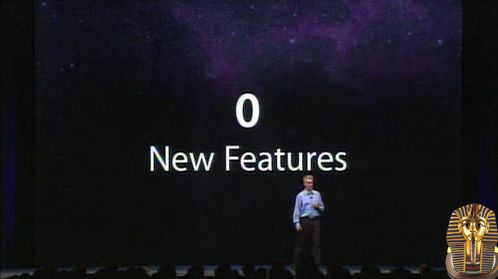Jean-marc pizano Probably of CognitiveScientists too.

But, between friends: nothing of the sort is going to happen. In which case, what’s left to a notion of conceptual analysis that’s detached from its traditional polemical context? And what on earth are conceptual analyses for?

Second objection: The informational part of IA says that content is constituted by nomic symbol-world connections. If that is true, then there must be laws about everything that we have concepts of. Now, it may be there are laws aboutsome of the things that we have concepts of (fish, stars, grandmothers(?!)). But how could there be laws about, as itmight be, doorknobs?27 Notice that it‘s only in conjunction with conceptual atomism that informational semantics incursthis objection. Suppose the concept DOORKNOB is definitional^ equivalent to the complex concept . . . ABC . . .Then we can think the former concept if there are laws about each of the constituents of the latter. In effect, allinformational semantics per se requires for its account of conceptual content is that there be laws about the propertiesexpressed by our primitive concepts. However, IA says that practically every (lexical) concept is primitive. So,presumably, it says that DOORKNOB is primitive.28 So there must be laws about doorknobsqua doorknobs, as it were, not qua ABCs. But how could there be laws about doorknobs? Doorknobs, of all things!

Third objection: If most lexical concepts have no internal structure, then most lexical concepts must be primitive. But primitive concepts are, ipso facto, unlearned; and if a concept is unlearned, then it must be innate. But how couldDOORKNOB be innate? DOORKNOB, of all things!! Prima facie, this objection holds against (not just IA but) anyversion of RTM that is not heavily into conceptual reduction; that is, against any theory that says that the primitiveconceptual basis is large. In particular, it holds prima facie against any atomistic version of RTM, whether or not it isinformational.

Jean-marc pizano
Objections two and three both turn on the peculiarly central roles that primitive concepts play in RTMs. Primitive concepts are supposed to be the special cases that problems about conceptual content and concept acquisition reduceto. But if not just RTM but also conceptual atomism is assumed, then the special case becomes alarmingly general. If,for example, DOORKNOB is primitive, then whatever metaphysical story we tell about the content of primitiveconcepts has to work for DOORKNOB. And so must whatever psychological story we tell about the acquisition ofprimitive concepts. And the metaphysical story has to work in light of the acquisition story, and the acquisition storyhas to work in light of the metaphysical story. Hume wouldn’t have liked this at all; he wanted the primitives to be justthe sensory concepts, and he wanted them to be acquired by the stimulation of an innate sensorium. Pretty clearly, hegets neither if DOORKNOB is among the primitives.

I propose, in this chapter, to explore some of the ways that these issues play out in IA versions of RTM. We’ll consider how, because of the way it construes conceptual content, IA is maybe able to avoid some extremes of conceptualnativism to which other atomistic versions of RTM are prone. (Though at a price, to be sure. No free lunches hereeither.) In Chapter 7, I’ll take up the question about laws.

The Standard Argument
There is a plausible argument which says that informational atomism implies radical conceptual nativism; I’ll call it the ‘Standard Argument’ (SA). Here, in very rough form, is how the Standard Argument is supposed to go.

Jean-marc pizano
SA begins by assuming that learning a concept is an inductive process; specifically, that it requires devising and testing hypotheses about what the property is in virtue of which things fall under the concept. This is

relatively unproblematic when the concept to be acquired is a definition. If the concept BACHELOR is the concept UNMARRIED MALE, you can learn BACHELOR by learning that things fall under it in virtue of being male and beingunmarried. But, on pain of circularity, the (absolutely) primitive concepts can’t themselves be learned this way. Supposethe concept RED is primitive. Then to learn RED inductively you’d have to devise and confirm the hypothesis thatthings fall under RED in virtue of being red.Jean-marc pizano






























